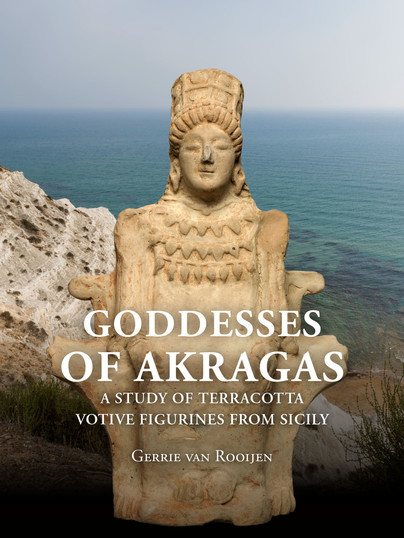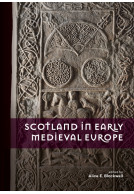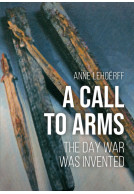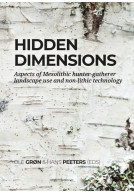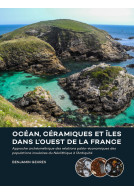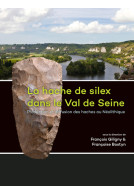Goddesses of Akragas (Hardback)
A Study of Terracotta Votive Figurines from Sicily
Imprint: Sidestone Press
Pages: 388
Illustrations: 5bw/250fc
ISBN: 9789088909016
Published: 20th January 2021
Script Academic & Professional
Pages: 388
Illustrations: 5bw/250fc
ISBN: 9789088909016
Published: 20th January 2021
Script Academic & Professional
You'll be £225.00 closer to your next £10.00 credit when you purchase Goddesses of Akragas. What's this?
+£4.99 UK Delivery or free UK delivery if order is over £40
(click here for international delivery rates)
Need a currency converter? Check XE.com for live rates
(click here for international delivery rates)
Need a currency converter? Check XE.com for live rates
The terracotta figurines from Akragas (Agrigento) with their chubby faces, splendid furniture, and rich adornments, depict a prosperous life in the late sixth and early fifth century BCE. The extensive jewellery on the figurines contains strikingly large fibulae appliques fastening pectoral chains with several sorts of pendants. They are modelled after existing items. The form of the jewellery items changed fast, influenced by different peoples and changing fashions, which can be compared with representations of jewellery and fashion on coins of the same period from Syracuse.In contrast, the body of the figurines remained armless and abstract for some time, nor does it express its gender. The block shaped, sloping upper body might have originated with aniconic objects, but suggests here a seated person, covered with a rectangular apron on the front. In contrast, the face is detailed, and often crowned with a specific headgear, the polos. The Archaic smile reveals Greek influence on its features.An archaeological experiment in which figurines and moulds were reproduced revealed their production process. By combining data from the experiment with an analysis of their iconographic features, most of the figurines studied can be shown to have been designed and produced locally. The moulding technique, introduced by newcomers to the city, provided for relatively cheap and rapid production of terracotta figurines. Local clay and marl are found near to the city, and its composition was found to be very suitable, due to its plasticity, fine structure and soft tone on firing.Wooden figurines, the forerunners of the terracotta figurines, were used in the production of the moulds of their terracotta successors. The terracotta figurines developed to become more three-dimensional, so that they were able to stay upright unsupported. Objects and moulds were exchanged with the city of Selinous, resulting in variations of the standard and figurines with finely detailed faces. Designing and dedicating these votive figurines, and possibly also jewellery, to a cult statue might have acted as a unifying element for the perhaps multi-ethnic society of Akragas. By means of these anthropomorphic female figurines, people gave shape to their origin and narratives, using old and new symbols such as the Phoenician crescent and the Greek satyr. Their cultural influences formed a new religious setting, helping to forge a new identity unique to Sicily. The prosperity expressed by these metal adornments, fits Diodorus Siculus’ description of Akragas as a rich city.
Other titles in Sidestone Press...







